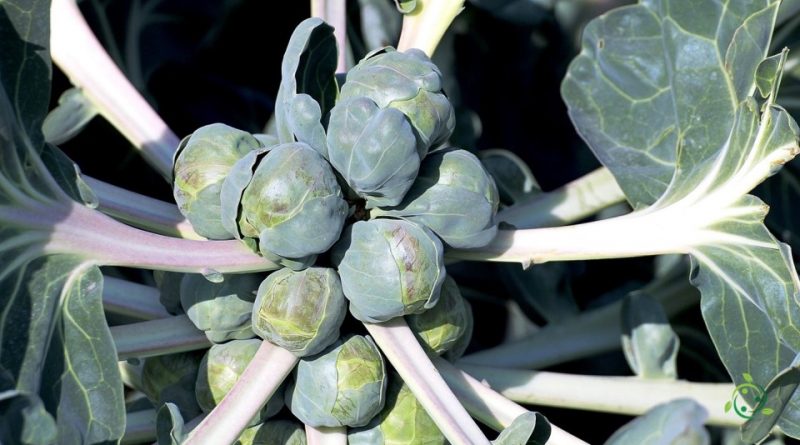How to intercrop brussels sprouts
How to intercrop brussels sprouts
Brussels sprouts are a cultivar of the Brassica oleracea species. The edible part of these vegetables is made up of the axillary shoots of the plant, namely Brussels sprouts.
This cultivar is also known as Brassica oleracea var. gemmifera DC., a name considered synonymous with Brassica oleracea.
In order to be grown, Brussels sprouts need a cool climate, typical of northern Europe; however, you must be careful about temperatures that are too low, as well as excessive heat.
Brussels sprouts can benefit greatly from the intercropping technique; among the plants with which they can be associated are: peas, aromatic herbs, radishes, celery, spinach, lettuces, carrots, strawberries and cucumbers.
However, they do not like association with potatoes, leeks, radishes and onions.
In general, Brussels sprouts can be intercropped with various plants to promote growth and reduce pest problems. Among the plants with which they can be associated we remember some:
Strawberries: Strawberries can help repel pests and improve polynization.
Carrots: Carrots make good company for Brussels sprouts and do not compete for root space.
Herbs such as thyme and mint: Can help repel harmful insects.
Beans and peas: Can add nitrogen to the soil, improving the health of Brussels sprout plants.
Radish: Can repel pests and improve soil health.
Spinach and lettuce: Can grow well alongside Brussels sprouts and not compete for resources.
The intercropping technique is a practice which, by increasing biodiversity, improves a series of biological functions of plants, however it is necessary to first ensure the pedoclimatic compatibility of the plants to be intercropped.

